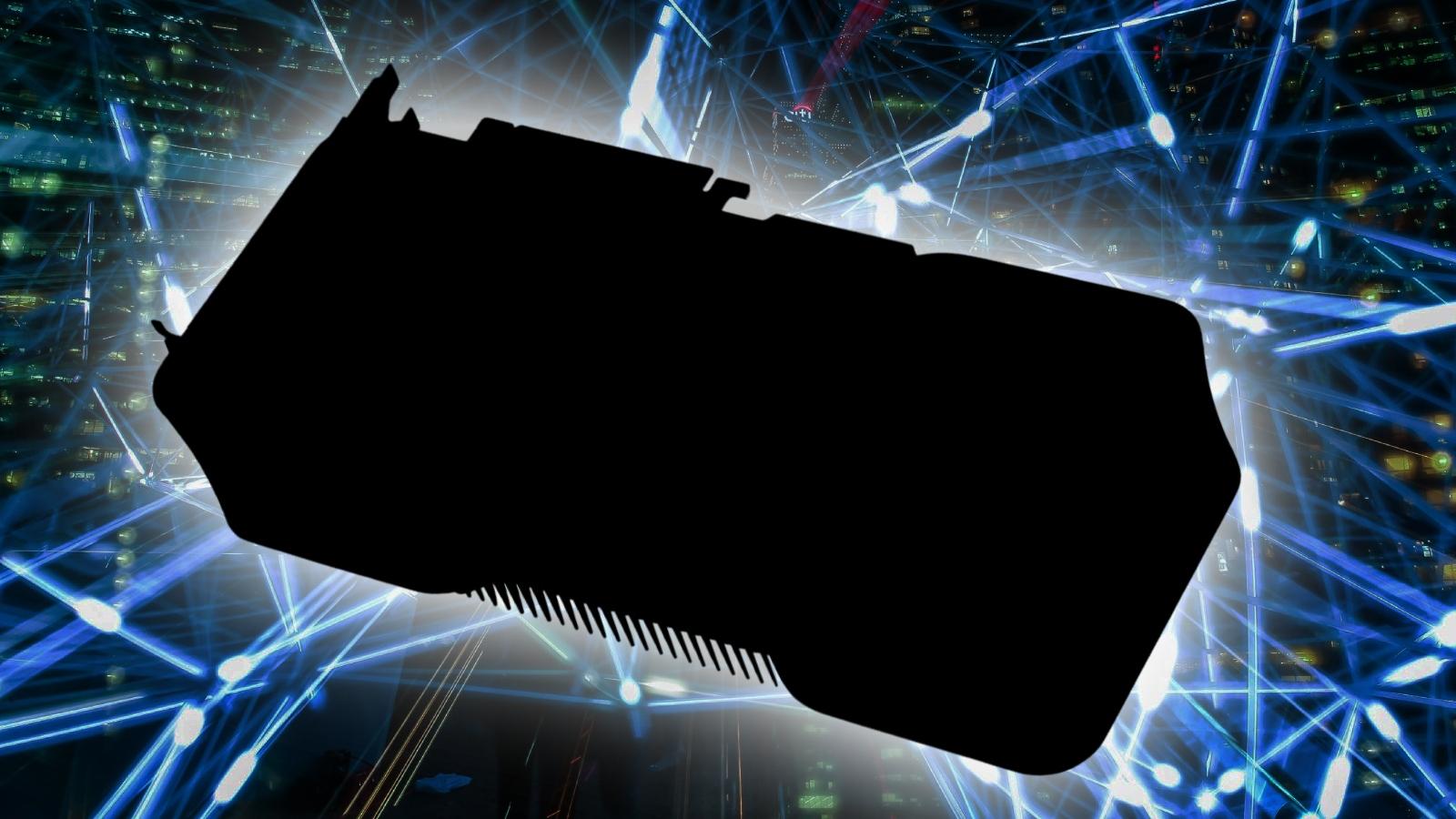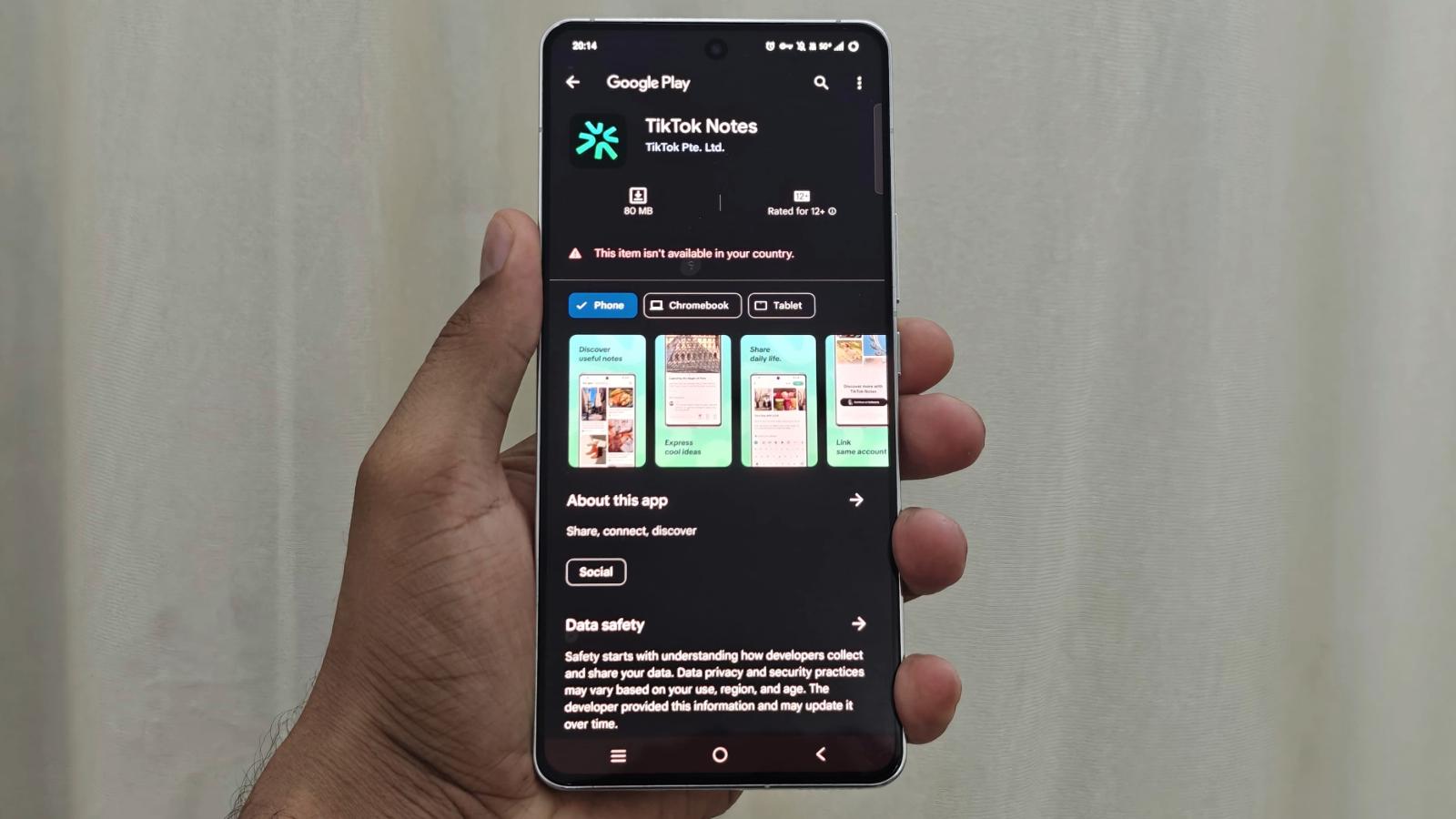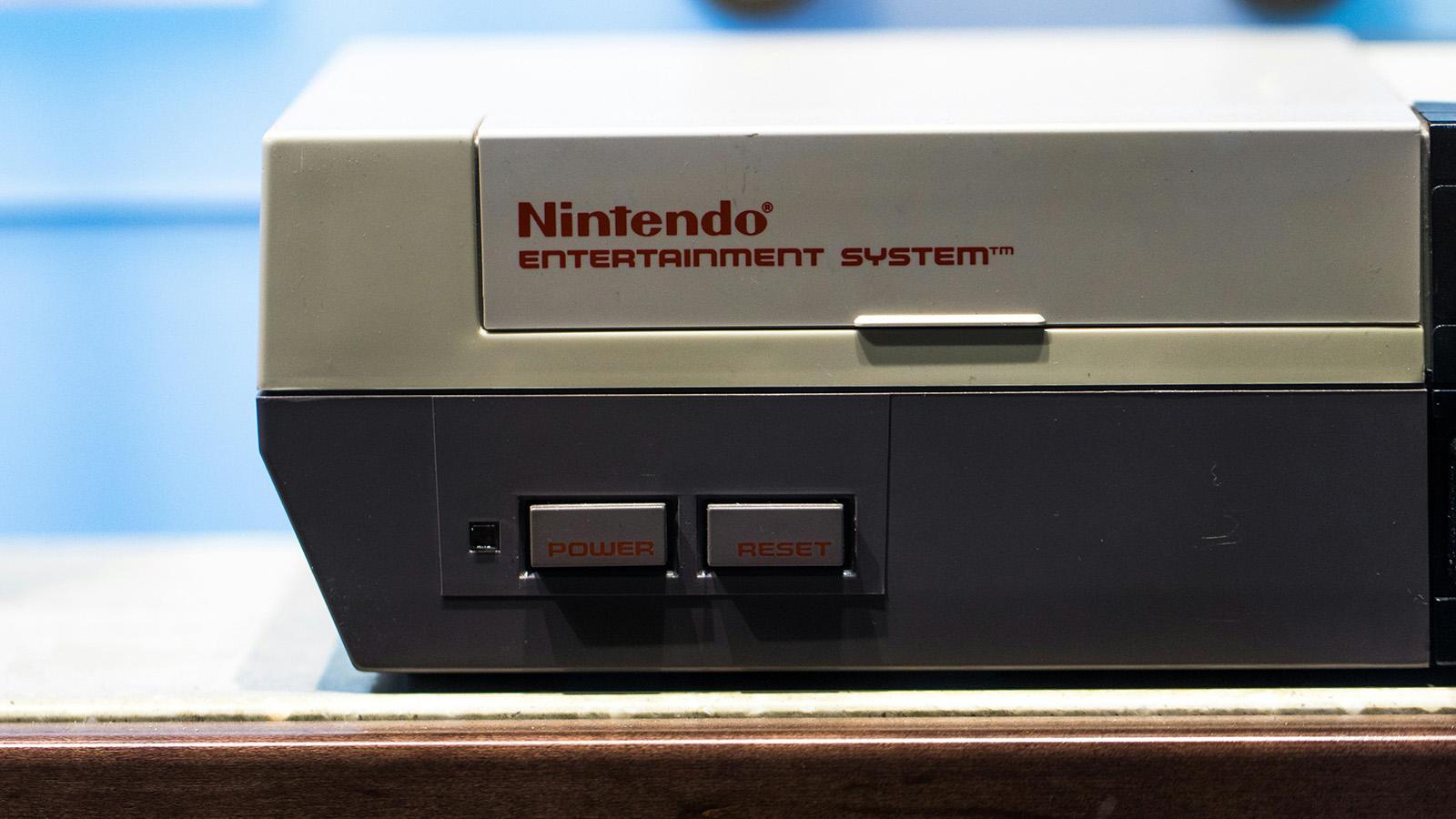Best PS5 SSD in 2024: NVMe storage for PlayStation 5
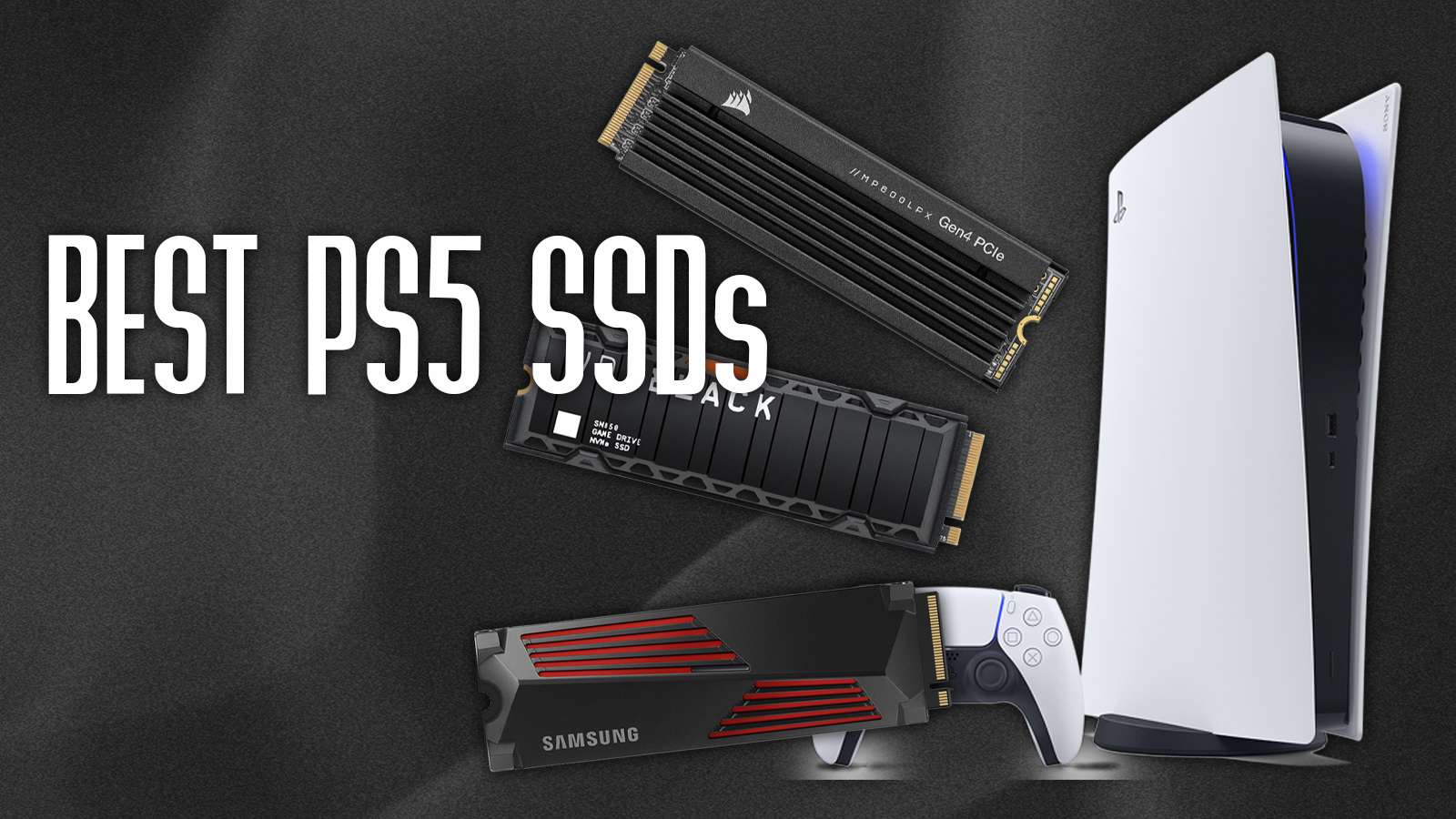
Does your PS5 need a new SSD? If you’re running out of space for your games, we’d recommend these best SSDs that will increase storage on your PS5 system, including the fastest and most reliable choices.
Working out which SSD to add to your PS5 isn’t a hard task these days. As the console can only support PCIe 4.0 drives, it limits the risk of you buying “the wrong one”. Not only that, but there’s even better news.
In the past few months, PCIe 4.0 SSDs have become affordable as flash storage costs have decreased significantly. This means that upgrading the PS5’s modest 1TB storage capacity won’t be a pricey affair after all.
The most effective way to expand your PS5 storage is by using an M.2 drive. For PS4 games, connecting an external hard drive is still the best option to keep your main drives clear. However, PS5 games require a faster drive to accommodate the improved loading speeds.
The requirement of an M.2 drive over an SSD has confused many, especially in regard to pricing and sizes. Why is 4TB of M.2 storage far more expensive than a 4TB SSD, or even a 16TB HDD?
Well, it’s mostly how NVMe storage differs from its older counterparts, not only in terms of physical size but also in how it operates internally.
1. Samsung 990 Pro
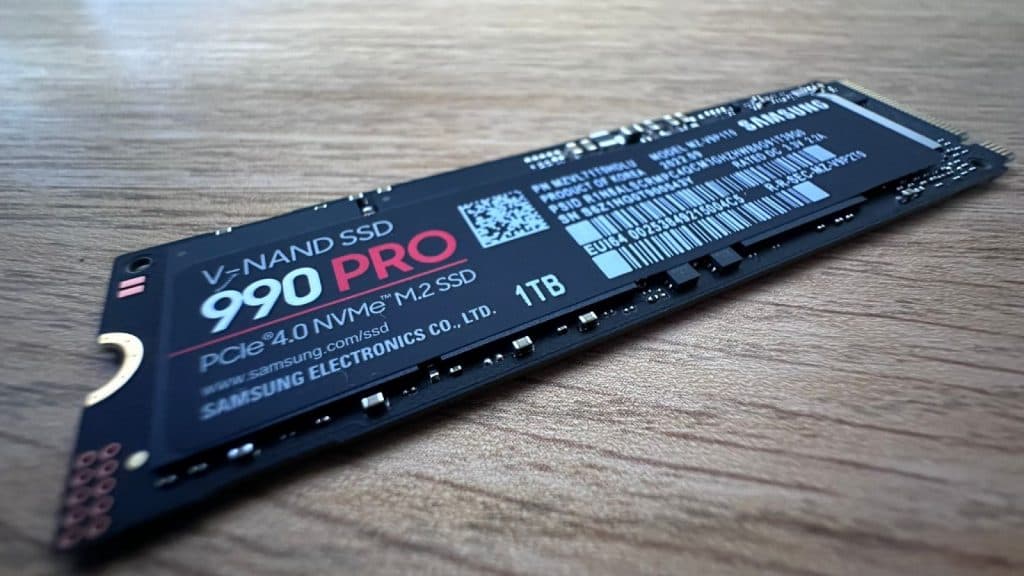 Dexerto
Dexerto - Capacity: 4TB
- DRAM Cache: 4GB LPDDR4 (1TB)
- Form factor: M.2 2280
- Max sequential read: 7450 MB/s
- Max sequential write: 6900 MB/s
- TBW: 2400 TBW
- Warranty: 5 years
In our review, we came to the verdict that the 990 Pro is one of the fastest PCI 4.0 NVMe drives we have tested, performing admirably across a wide range of tasks. This is one of the best PS5 SSD options out there, alongside Sabrent’s Rocket, which does offer more value than Samsung’s comparatively high-end offering.
If you’re in need of a large-capacity storage drive with the fastest transfer speeds that PCIe 4.0 can offer you, then the 990 Pro is very much your endgame drive. It has enough storage to fit just about anything, including being placed into your precious PS5.
2. Lexar NM790
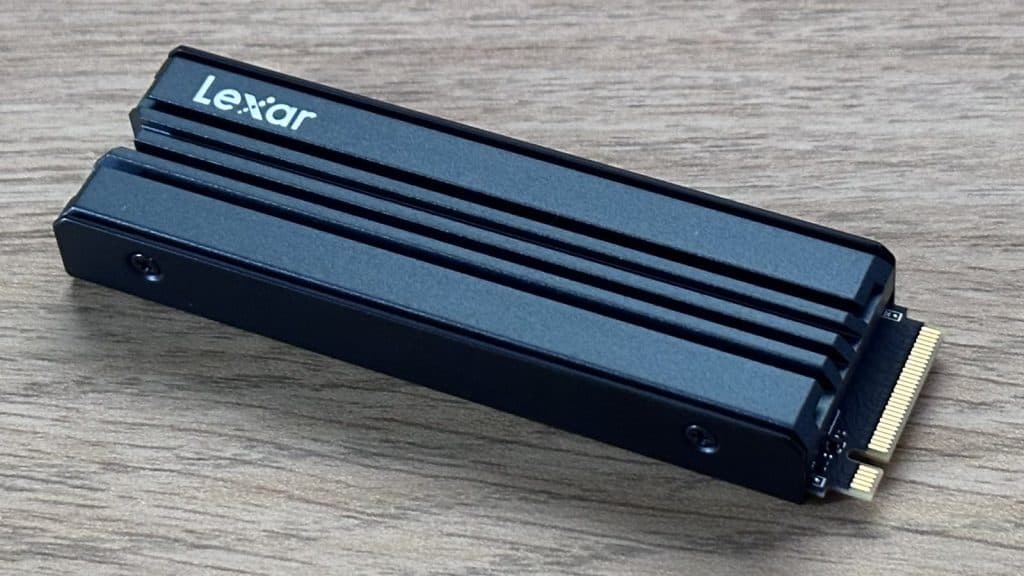 Dexerto
Dexerto - Capacity: 4TB
- Form factor: M.2 2280
- Max sequential read: 7400 MB/s
- Max sequential write: 6500 MB/s
- TBW: 3000 TBW
- Warranty: 5 years
The Lexar NM709 features a DRAM-less design, which does mean the sustained write performance can have issues, but it still makes for a great drive. As a PCle Gen 4 drive, the NM790 1TB offers super-fast speeds without costing a fortune, making it one of the most compelling budget PS5 SSD options out there.
In our review, we put the drive to the test in CyrstalDiskMark, where the drive only managed to obtain a maximum of 7064 MB/s reads, which is slightly less than advertised. However, after retesting we were able to get similar results to what’s listed on the box.
The Lexar NM790 only ever falters when it comes to sustained write speeds. While it doesn’t have additions like hardware encryption and a DRAM-less design, it should be good enough for most people to pop into their PlayStation 5 consoles without having to think too much bout the overall tech specs of the drive itself.
3. Sabrent Rocket 4 Plus
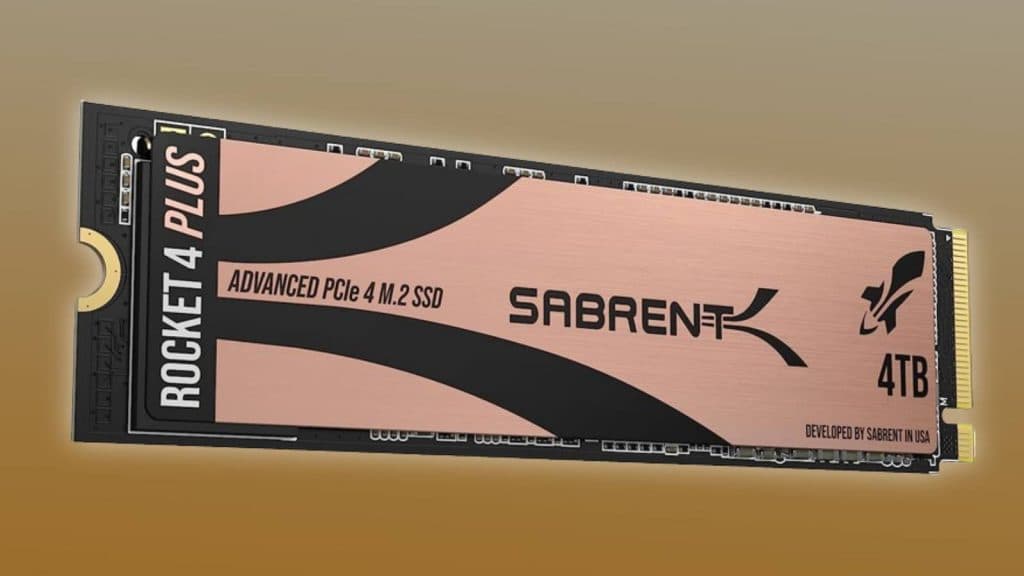 Sabrent
Sabrent- Capacity: 4TB
- DRAM Cache: DDR4
- Form factor: M.2 Type-2280
- Max sequential read: 7,000 MB/s
- Max sequential write: 6,850 MB/s
- TBW: 3000 TBW
- Warranty: 5 years
The Sabrent Rocket 4 Plus is one of the most popular NVMe SSDs you can get your hands on. It’s reliable, not too expensive, and is available up to 4TB, which is more than enough space to download any game you see fit on your PS5.
It might not have the fastest speeds compared to the 990 Pro, but it is still a fantastic contender for you to put into your PS5.
4. WD Black SN850X
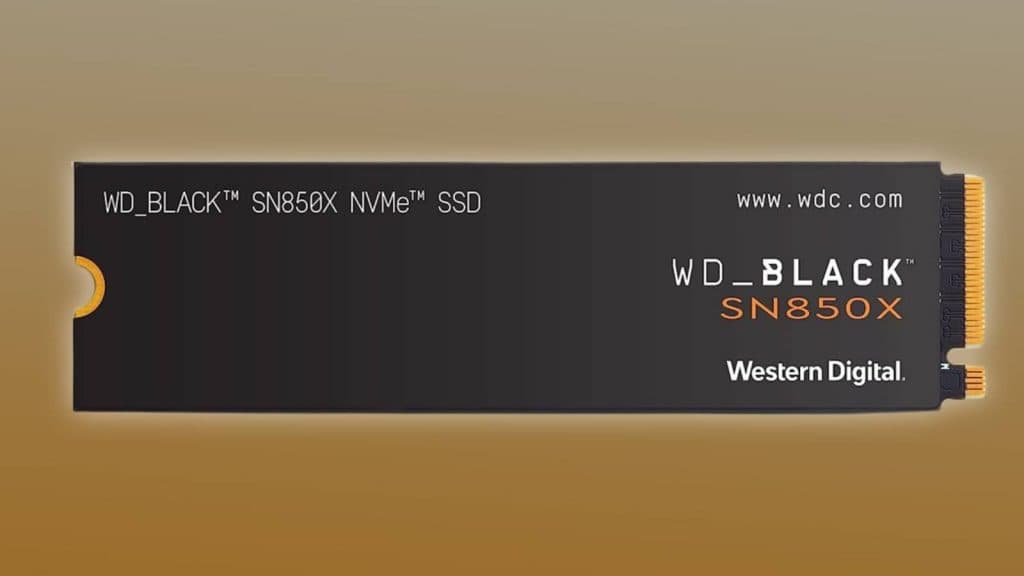 WD_Black
WD_Black- Capacity: 2TB
- DRAM Cache: DDR4-3200
- Form factor: M.2 2280 (Single-Sided)
- Max sequential read: 7,300 MB/s
- Max sequential write: 6,600 MB/s
- TBW: 1200 TBW
- Warranty: 5 years
While the Crucial is technically the best, it does require you to install your own heatsink. In fact, if you want to save a few bucks and don’t mind risking your chances of it going haywire in the future (others have reported that it’s going fine without), you can either skimp on it or just install it yourself.
However, if you’re one that’s not really up for anything more than just slamming it in, screwing the plates back, and installing one whole Call of Duty game onto your new drive, then I’d recommend you seek one with a heatsink already installed.
For this, there’s no better option than the WD_Black SN850X. These drives go all the way up to 2TB, so you’d be getting a decent size and they’re the first out the gate for confirmation that they work with the PS5.
5. Crucial P5 Plus
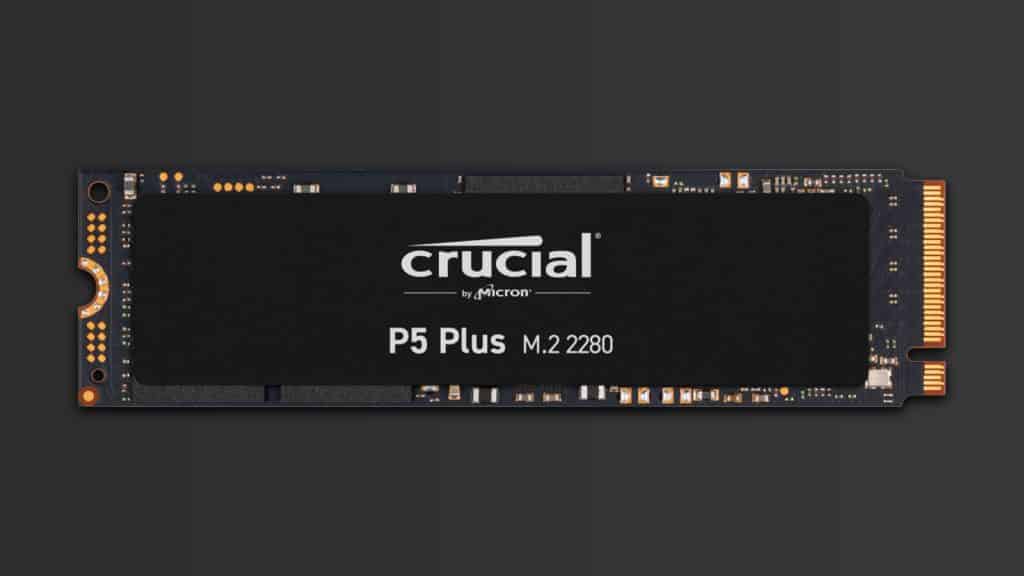
- Capacity: 1TB
- DRAM Cache: LPDDR4-2133
- Form factor: M.2 (2280)
- Max sequential read: 6600MB/s
- Max sequential write: 5000MB/s
- TBW: 600 TB
- Warranty: 5 years
Right now, the best bang for your buck is with the Crucial P5 Plus. This drive is not only low in price (less than $150 at the time of writing) but is also the perfect match for the PS5’s requirements. You’ll have to fit a heatsink yourself, but for the most part, you can’t lose with this.
It’ll also provide you with 6600Mb/s read speeds, a fair margin above other drives at this price. This will get you some cracking speeds.
Crucial is also just an excellent brand, one you can trust and one that you can count on to last a long time while sitting in your console.
The only downside to its low entry cost is that it’s only a terabyte big. You’d have to invest in a larger size if you want to get more games on your console – especially with PS Plus being overhauled – but the thing is, these drives start to get all over the place in pricing as you go up.
How to choose an NVMe drive for PS5
If you are looking to cram in the latest Call of Duty game or fill up your hard drive with the latest Playstation Plus games, you’re going to want to get yourself more storage to fit everything onto your console.
So what is the best NVMe drive for your PS5 right now? Well, they all perform similarly, so you’ll need to decide if you want something basic, something that has a heatsink for the longevity of your drive, which will also help it or if you’re after a high-capacity drive to set and forget.
PS5 NVMe SSD requirements
- Sequential read speed of 5500MB/s or above
- 11.25mm (0.442”) or shorter
- No higher than 8mm
- 250GB minimum, 4TB maximum
- The form factor has to be 2230, 2242, 2260, 2280, 22110
Why do you need an M.2 NVMe SSD for your PS5?
With only 825GB of usable storage on the PS5, you can expect your drive to fill up extremely quickly. You cannot install PS5 games on an external hard drive, either, meaning that if your current storage is full, you will need to fit your PS5 with a compatible SSD in order to get all of your games ready at the touch of a button, instead of having to resurrect it out of cold storage from a hard drive.
Either way, it’s 2024, and it’s about time that you stopped buying hard drives unless you were looking for purely bulk storage to pop old photos on, instead of accessing large and complicated files like games.
Can you use PCIe 3.0 in the PS5?
No. You can’t. Never. Don’t even think about it. PCIe slots on motherboards are forward compatible and backward compatible, but the way that Sony has built the PS5’s operating system, it won’t be able to read backward like the PC can.
This restriction is because PCIe 3.0 NVMe drives aren’t fast enough to do what the PS5 requires of them. They’d hit a wall over bandwidth and end up either overheating or crashing the system due to being flooded with requests for data transfers.
How to install an M.2 NVMe SSD in the PS5
We actually have a great guide for how to install your new NVMe SSD already, so be sure to check it out. Just note that you’ll need a screwdriver and make sure to power the console all the way off. Do not just go and open it up while it’s on and doesn’t poke around inside the system where you don’t need to.
What is an NVMe SSD?: NVMe M.2 vs HDD vs SSD
An NVMe SSD is a type of storage that is blisteringly fast and is commonly used in PCs and your PS5. HDDs are remnants of an older era. While still used due to their cheapness in comparison to SSDs and M.2, they make for great overall storage backups. RAID backups and NAS setups will use them to cut down on the cost of having to require the user to stock up on terabytes of storage.
These drives are mechanical, physically moving things that use a needle and disk (hence the name) to seek data that’s been requested. This is why, as they get older, you’ll notice the speeds slow down considerably as the actual mechanics inside begin to deteriorate.
SSDs however, remove the moving parts and opt to use a SATA controller to communicate with the various NAND (non-volatile flash memory) partitions on the drive. This allows for faster communication between the drive and the device, but it still has to pass through the controller, while it attempts to figure out what you want from it.
Being SATA based also allows SSDs to slot right into the same place as HDDs, which helps with replacing both 2.5” and full-sized drives. This is why PS4s could replace their drives with SSDs.
NVMe M.2 drives however are essentially built the same as SSDs, with the speed increase coming from the removal of a controller. Your NVMe doesn’t have to have its language translated by a controller as it is physically bolted to the motherboard in its own special slot.
Being directly connected means that there’s no real interference between the two devices, allowing for a quicker and far faster method of data transfer and reading. It’s also with the switch to NVMe, that we also begin to remove SATA from the mix, which is hindered by slower speeds than its cousin, PCIe.
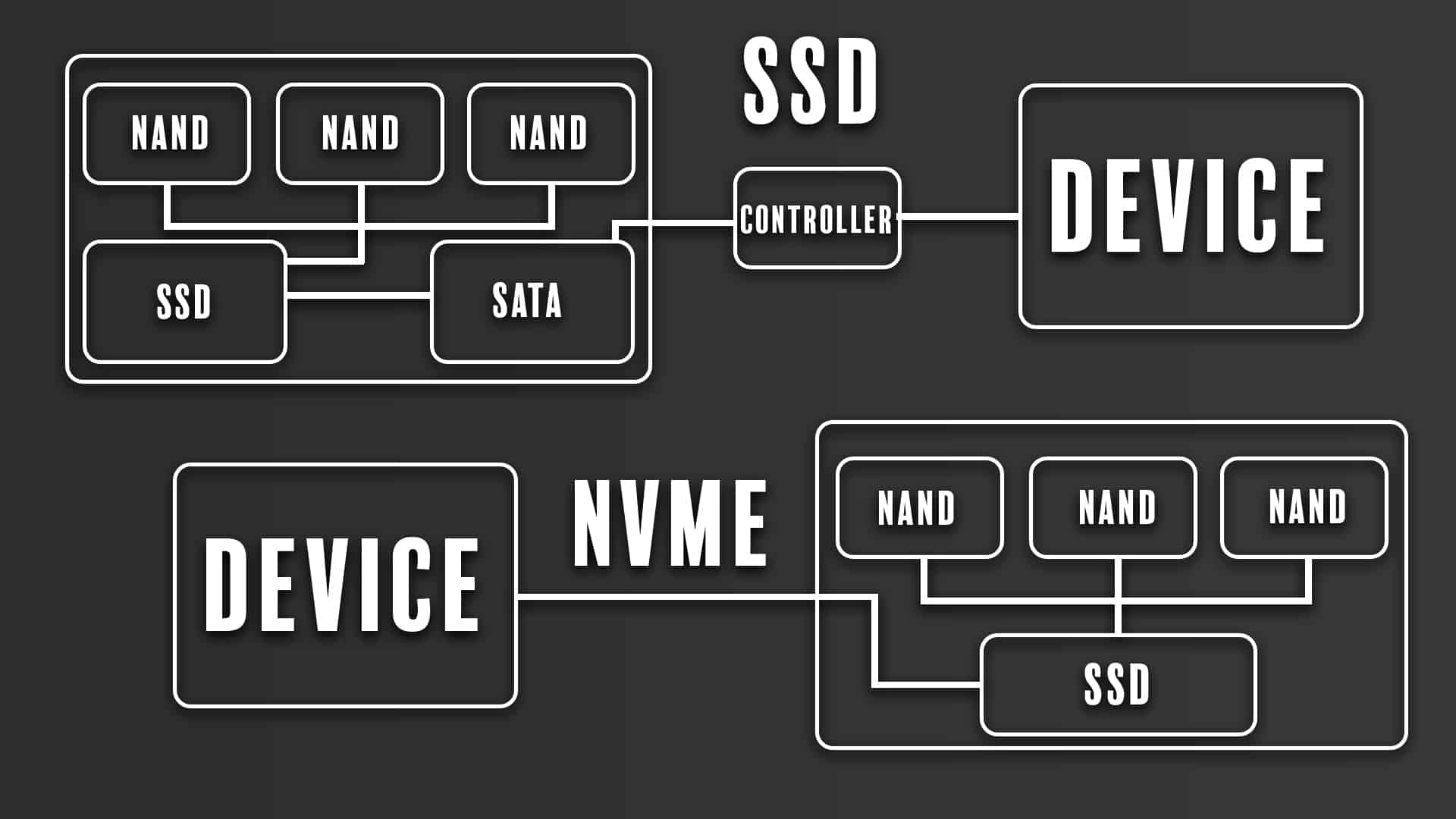 Dexerto
DexertoSequential data reading and writing is what NVMe drive does best, with a reduced amount of mechanical parts and a direct connection, the speeds have no absolute limits, but the parts they’re made of, just keep getting better.
As PCIe keeps advancing (with 5.0 now being readily available on motherboards) and the PS5 using 4.0, it allows the console to take advantage of the full breakneck speeds it provides for data to be moved about or read, hence the incredible loading speeds the console supplies.
Why does the PS5 drive need a heatsink?
The way that the console polls the drive will cause it to get hot. In some capacity, it is going to require it, just due to how the PS5 manages its heat on its other components, including liquid metal.
When shopping for PCIe 4.0 drives, just make sure you get a heatsink. Either one that comes with the NVMe drive or one that you can glue on yourself. While normally we’d say that the heatsink is to be overly cautious when it comes to NVMe drives, it’s sort of required with the PS5.
Make sure to check out our other guides
Best 1440p Monitor for PS5 | Best gamecube controller for Switch and PC | Best retro game consoleBest PS5 SSD | Best Ultrawide gaming monitor | Best motherboard for gaming | Best Wireless Mechanical Gaming Keyboard | Best handheld gaming console
If you click on a product link on this page we may earn a small affiliate commission.

